Firestone vs Michelin Tires
Firestone and Michelin are both great tire brands. Both have made massive investments in their technologies to distinguish themselves from their competitors. Due to this continued innovation, the combined sales of Michelin and Firestone topped the $25 billion mark last year.
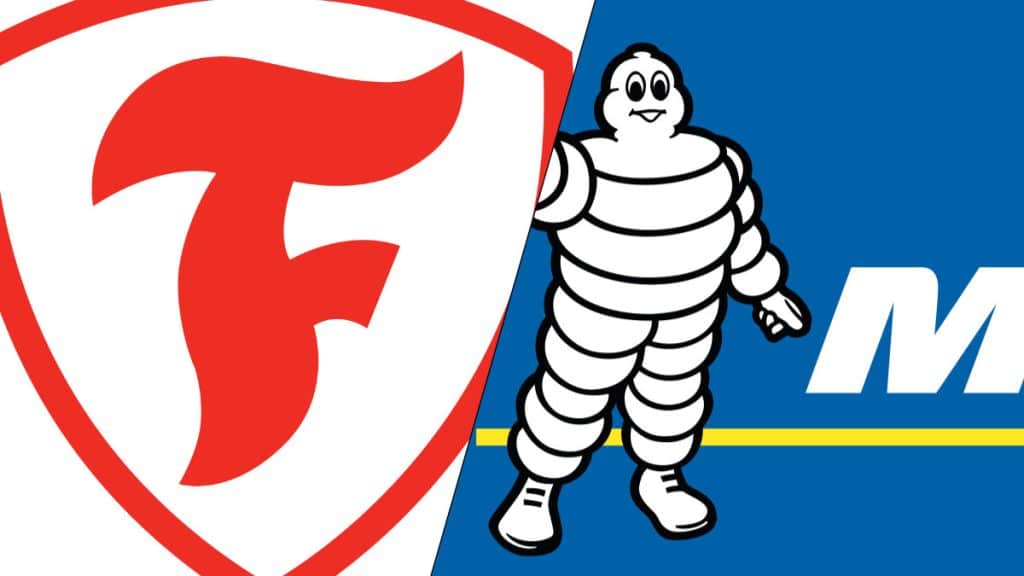
Firestone Rating: 4.5/5
MichelinRating: 4.7/5
Yet as popular as these tire makers are, they also have many differences. The most obvious of which is price. Almost everyone and their driver knows that Michelin tires cost a lot. That is not the case with Firestone tires, which you can afford without blowing a hole in your pocket.
Another difference is their target market. Michelin has long wanted (and, some would say, succeeded) to be a household name among owners of passenger cars, SUVs, crossovers, and light trucks. Firestone, on the contrary, has mainly aimed its sights at the enthusiast and motorsport crowd.
The differences between these two tire makers don’t end there. Instead, as you’ll see in our Firestone Vs Michelin tires comparison, these two brands cannot be more different from each other. Read on if Michelin and Firestone are the last two remaining brands in your tire search.
Firestone History
In 1900, a little-known businessman Harvey Firestone set about producing tires in Akron, Ohio. The market for automobiles was booming and the demand for tires was following suit. Stellar success for the company followed and the Firestone Tire and Rubber Company was born in 1902.
Throughout its history, Firestone has enjoyed many firsts. The company was the first ever to patent the idea of anti-skid tires and mass-produce them. The arrival of anti-skid tires changed the future of automobile history as the drivers were now less fearful of driving on slippery roads.
Arguably, the most important break Firestone got was in the year 1922. It was in that year that Firestone invented the first-ever low-pressure balloon tire. Prior to this invention, pneumatic tires were the norm for vehicles, a major problem since pneumatic tires suffer extraordinary wear.
The arrival of Firestone’s low-pressure tires solved this problem. Not only did low-pressure tires suffer less wear than pneumatic tires. These tires also had a longer lifespan. These and many other inventions have made Firestone one of the faces of the United States tire market.
In 1988, Bridgestone acquired Firestone. Bridgestone is currently Firestone’s parent company
Firestone Tire Families
Firestone produces OEM and replacement tires for passenger cars, SUVs, minivans and light trucks. The company has divided the tires it produces into six categories. These include Destination, WeatherGrip, Firehawk, Transforce, All-Season and Winter Force.
Destination
The Firestone Destination lineup is pretty unique. Whether you do most of your driving on the highway or are always on the lookout for off-roading opportunities, chances are that there is a Firestone Destination tire that could meet your requirements.
If you’re a frequent off-roader, the Destination A/T2, X/T, and M/T2 have everything it takes to be your reliable companion. Conversely, if you spend most of your time behind the wheel on the highway, the Destination LE3 has all the attributes to be your favorite pick.
WeatherGrip
The Firestone WeatherGrip is the only member of this series. This is an all-weather tire with a stickier rubber compound than what you get in most all-season tires. A long-lasting treadlife, circumferential grooves for water evacuation and bold lettering distinguish it from rivals.
Open shoulder slots keep the contact patch dry for maximum wet traction. 3D full-depth sipes give this tire the power to plow through snow and ice. And a 65,000-mile limited mileage warranty means that this tire should easily last 4-5 years if handled properly.
Firehawk
The Firestone Firehawk tires provide the steering response, high-speed handling, and cornering performance you could expect from performance tires. Every member of the Firehawk series is meant to deliver sporty performance in dry, summer conditions.
Take the Firehawk AS, for instance. This tire might have an all-season tread compound but you cannot distinguish its road manners from an HP or UHP tire. Similar is the case with the Firehawk Indy 500. This summer performance tire is built for the street as well as the track.
Transforce
The Firestone Transforce tires are designed to withstand heavy loads. Three tires complete the Transforce series, including the Transforce AT2, HT2, and CV. The AT2 comes with a chip- and tear-resistant compound to help your vehicle conquer tough conditions like gravel.
As for the Transforce HT2 and CV tires, these are built for highway conditions. However, there is one difference between the two. While the HT2 is designed to fit passenger cars, SUVs, and crossovers, the CV tire can be installed on Euro Commercial Vans such as Ram Promaster City.
All-Season
Firestone offers only one tire in its all-season lineup. Yet one is more than enough. A road-friendly tread compound, symmetric tread pattern, and circumferential grooves make the Firestone All-Season the tire you can count on in summer and mild winter conditions.
Yet there is one area where this tire disappoints. Advancements in technology have allowed manufacturers to provide generous warranties on their AS tires. Yet, despite being the pioneer, Firestone only backs its solo all-season tire with a meager 65K mileage warranty.
WinterForce
Firestone’s WinterForce tires are designed to handle extreme winter weather conditions. Flexible tread compounds, circumferential and lateral grooves, and innumerable sipes on the tread area – all these and many other features make WinterForce tires capable on snow.
There are four tires in this series, including the WinterForce LT, WinterForce CV, WinterForce 2 UV, and WinterForce 2. All except the WinterForce 2 UV are dedicated winter tires. The WinterForce 2 UV, meanwhile, is a winter performance tire.
Michelin’s History
Michelin has been around for a very long time. The tire manufacturer was founded by the Michelin brothers in 1889 in France. The brothers’ goal was to create a bicycle tire that could be easily replaced. In achieving their goal, they laid the first brick of a company currently valued at $19.2 billion.
While bicycle tires were the first product to come out of Michelin’s warehouses, the company’s higher-ups didn’t settle for that. A few years after its birth, and after the production of a bicycle tire that helped its rider win a long-distance race, Michelin entered the car tire market.
As it started competing with tire makers who were already well-established, Michelin was helped by its years of experience making bicycle tires. Two of the brands that competed with Michelin back then – namely Continental and Hankook – continue to be its rivals to this day.
At the time of writing, Michelin tires are known for featuring cutting-edge technologies, long-lasting tread compounds, and market-high treadlife warranties. All of this comes at a pretty steep cost, though, as evidenced by Michelin’s well-deserved reputation as a premium tire brand.
Michelin Tire Families
Similar to Firestone, Michelin groups its tires based on their driving characteristics. Six sub-categories of tires complete the Michelin lineup. These include Pilot, Primacy, Premier, Latitude, Defender, and Energy. Let’s discuss them all in detail.
Pilot
Michelin’s Pilot tires are the epitome of grip and traction. These are the tires you need if you want above-average high-speed handling, excellent cornering performance and enhanced steering response. Having said that, these tires don’t fare well in the comfort department.
Here are different tires in Michelin’s Pilot lineup:
- Summer (passenger cars) : Michelin Pilot Sport 4 and Pilot Sport 4S
- Summer (SUVs and crossovers): Michelin Sport 4 SUV
- All-Season: Michelin Sport A/S and Michelin All-Season 4
- Performance Winter: Michelin Alpin
Primacy
Michelin has chosen the Primacy tag line for its touring tires. The Primacy tires deserve to be on top of your list if longevity and ride comfort are your main priorities. These models also have above-average treadlife warranties, and they are useful in light snow conditions as well.
Provided you’re looking for a summer or all-season option, the likes of MXM4, MXV4, LTX and Tour A/S have you sorted. However, if you are on the lookout for summer-only tires, the Michelin HP and Michelin Primacy 3 have what it takes to deserve your attention.
Premier
Only two tires complete the Michelin Premier series – LTX and A/S. Both are all-season tires that deliver better comfort and ride handling than their touring counterparts. Furthermore, these tires don’t make a lot of noise, letting you drive with windows rolled all the way down.
Both tires aren’t designed for the same audiences, though. Had that been the case, they’d have been competitors to each other. The A/S is designed for drivers of passenger cars, while the LTX is available in SUVs and CUVs sizes.
Latitude
Michelin’s Latitude series cover the CUVs and SUVs crowd. This series is one of the most diverse of any of Michelin’s. As it features tires as diverse as X-Ice (winter), Sport (performance), and Tour. All the tires come in multiple variants based on the conditions they’re designed for.
Driving characteristics of every member of the Latitude series will vary. For instance, while the X-Ice is great in snow and poor in the summer, the opposite is true for Sport, with the Latitude Tour the only tire in this series that stays useful year-round.
Defender
Michelin Defender tires combine long-term refinement with cutting-edge technologies. There are only two models in this lineup, including the Defender T+H and the LTX M/S. Both these tires are meant to be used year-round, including in mild wintry conditions.
That isn’t to say that there aren’t any differences between the two. The LTX M/S is made for the SUVs and light truck crowd. In contrast, the T+H is designed to fulfil the requirements of passenger cars, sport coupes, CUVs, and SUVs drivers.
Energy
Michelin’s Energy tires are the tire brand’s response to the electrification of the car market. Similar to the Defender series, there are two models to be found here. The Savior is available in summer and all-season variants, while the LX4 is an all-season tire.
These tires are unique in the sense that they have low rolling resistance than other Michelin tires. This enables them to increase your vehicle’s fuel mileage. It also makes these tires capable of cutting down on harmful gas emissions.
Firestone Vs Michelin Tires: Differences
Here are the major differences between Firestone Vs Michelin tires:
Performance
Firestone tires are clear winners in the performance department
Michelin, to its credit, offers a large number of performance tires. However, none of them can compete with the steering response you get from Firestone Firehawk tires. Plus, the high-speed stability as well as the cornering performance of Firestone Firehawk tires is much better.
Availability of Options
Michelin has more options to offer to the average consumer than Firestone.
Most people who buy tires use them for everyday driving. They are thus on the lookout for all-season or touring tires, an area where Michelin dominates. The French-turned-US tire brand has dedicated multiple lines to serve this market segment. In contrast, Firestone has only one dedicated all-season tire.
Price & Warranty
As stated above, Michelin tires do not come cheap.
Worse, when compared with the likes of Bridgestone, Continental and other premium tire brands (a list Firestone isn’t a part of), the warranty on offer on Michelin tires is the lowest. So, if you are on a budget, affording a set of Michelin tires might prove to be difficult.
Advantages of Michelin
- Large number of touring and all-season tires
- Relatively better dedicated winter tires
- Features cutting edge technologies
Advantages of Firestone
- Weigh less heavy on the pocket
- Churns out better performance tires
- Better for the motorsport and enthusiast crowd
Firestone Vs Michelin Tires: Which Brand to Choose?
If you can afford them, Michelin tires will give you the best value for your money. Sure, their treadlife warranties aren’t as high as that of Bridgestone or Continental tires. But it is still higher than what you get on Firestone tires. So, if you have deep pockets, opt for a pair of Michelins.
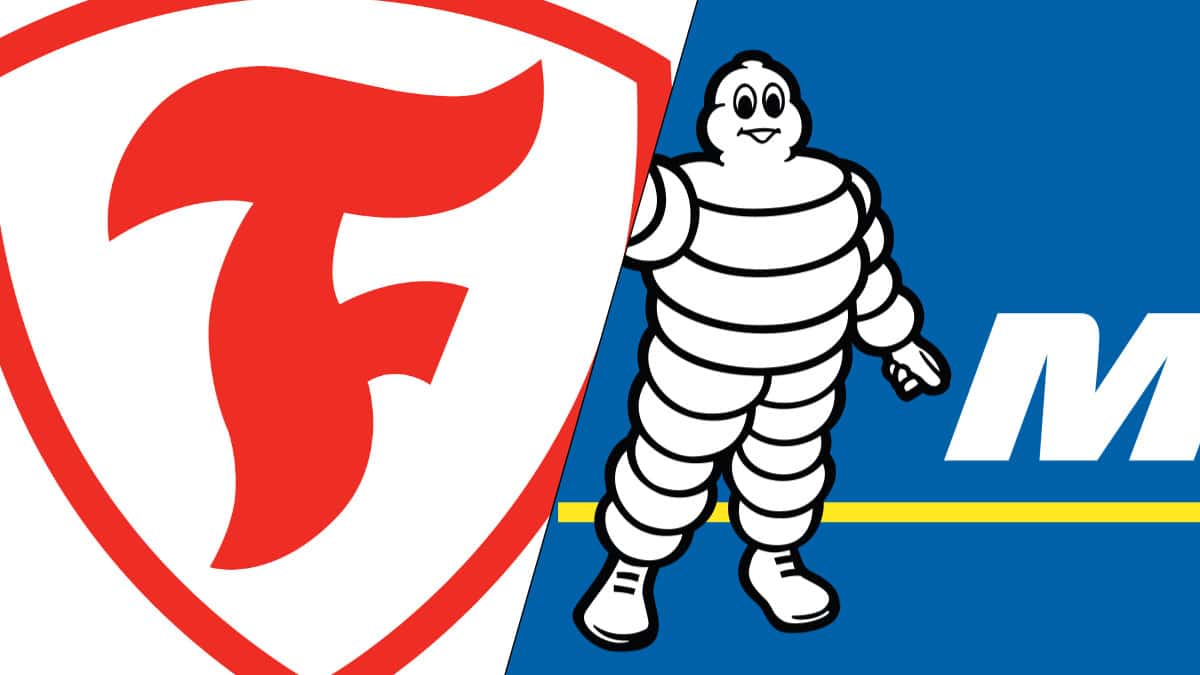
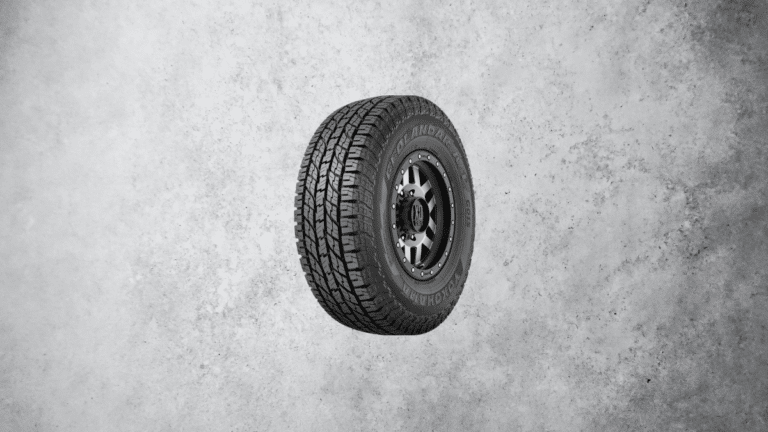
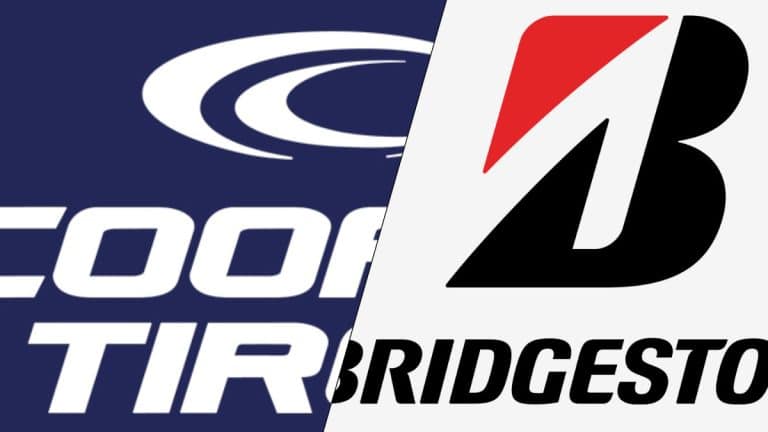

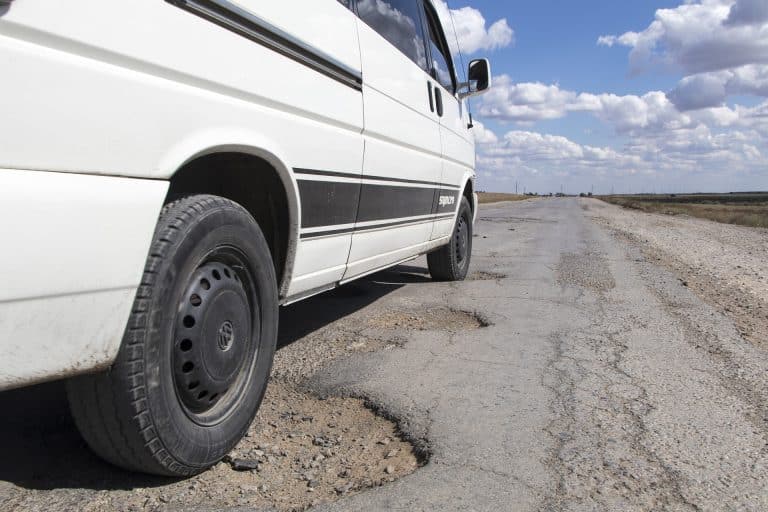
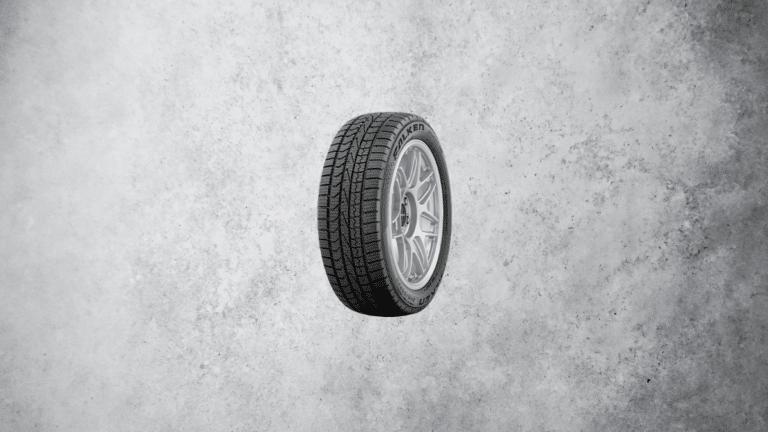

Primacy MXM4 is a little more expensive, however, it has impressive acceleration and still has great fuel mileage in dry weather.